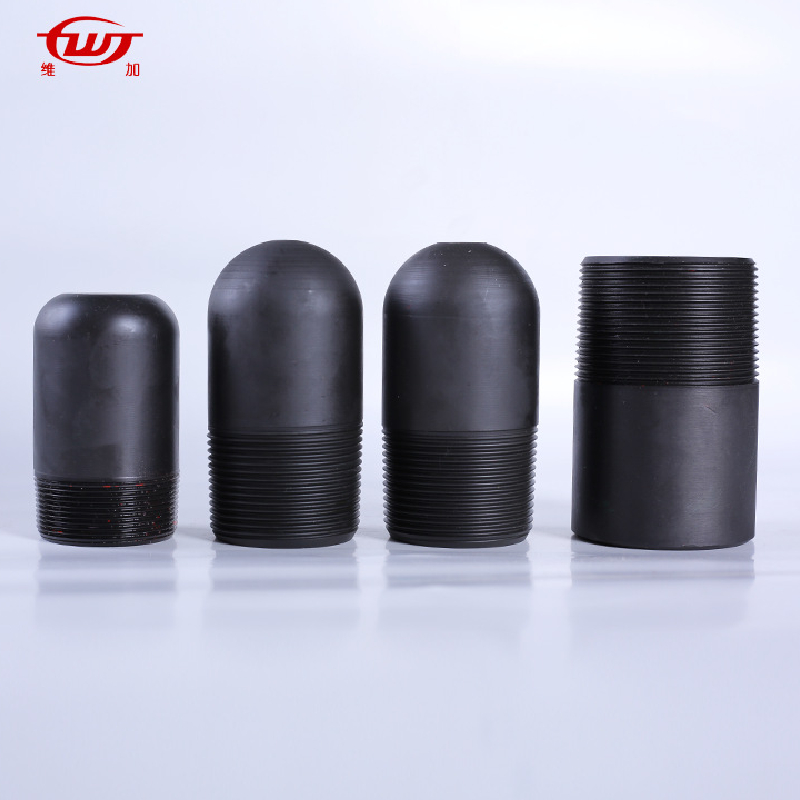- Afrikaans
- Albanian
- Amharic
- Arabic
- Armenian
- Azerbaijani
- Basque
- Belarusian
- Bengali
- Bosnian
- Bulgarian
- Catalan
- Cebuano
- Corsican
- Croatian
- Czech
- Danish
- Dutch
- English
- Esperanto
- Estonian
- Finnish
- French
- Frisian
- Galician
- Georgian
- German
- Greek
- Gujarati
- Haitian Creole
- hausa
- hawaiian
- Hebrew
- Hindi
- Miao
- Hungarian
- Icelandic
- igbo
- Indonesian
- irish
- Italian
- Japanese
- Javanese
- Kannada
- kazakh
- Khmer
- Rwandese
- Korean
- Kurdish
- Kyrgyz
- Lao
- Latin
- Latvian
- Lithuanian
- Luxembourgish
- Macedonian
- Malgashi
- Malay
- Malayalam
- Maltese
- Maori
- Marathi
- Mongolian
- Myanmar
- Nepali
- Norwegian
- Norwegian
- Occitan
- Pashto
- Persian
- Polish
- Portuguese
- Punjabi
- Romanian
- Russian
- Samoan
- Scottish Gaelic
- Serbian
- Sesotho
- Shona
- Sindhi
- Sinhala
- Slovak
- Slovenian
- Somali
- Spanish
- Sundanese
- Swahili
- Swedish
- Tagalog
- Tajik
- Tamil
- Tatar
- Telugu
- Thai
- Turkish
- Turkmen
- Ukrainian
- Urdu
- Uighur
- Uzbek
- Vietnamese
- Welsh
- Bantu
- Yiddish
- Yoruba
- Zulu
tubing coupling
Understanding Tubing Coupling A Key Component in Oil and Gas Production
In the oil and gas industry, the extraction of hydrocarbons from underground reservoirs is a complex process that requires a well-coordinated system of equipment and materials. One such critical component in this system is the tubing coupling. As a vital part of the tubular goods used in drilling and production operations, tubing couplings play a crucial role in ensuring the efficient transportation of oil and gas to the surface. This article delves into the importance, types, and applications of tubing couplings, while also highlighting their manufacturing processes and the factors affecting their performance.
What is Tubing Coupling?
Tubing coupling refers to a specialized pipe connector that joins two sections of tubing together to form a continuous string. This is essential in the completion phase of a well, where long strings of tubing are required to reach the production zone efficiently. The primary function of a tubing coupling is to provide a secure and leak-proof connection between tubing joints, ensuring the safe and effective transport of hydrocarbons.
Importance of Tubing Couplings
The importance of tubing couplings cannot be overstated. They must withstand extreme conditions typically found in oil and gas production environments. These conditions include high pressures, variable temperatures, and corrosive materials. Tubing couplings also need to maintain integrity over long periods, which can often span several years. A failure in the tubing coupling can result in significant operational downtime and financial losses, making it imperative that they are designed and manufactured to adhere to stringent industry standards.
Types of Tubing Couplings
There are several types of tubing couplings, each designed for specific applications and conditions within the oil and gas industry. Some of the most common types include
1. Conventional Couplings These are the most widely used type of couplings. They are forged or machined from a single piece of material, providing a reliable connection for the tubing.
2. Premium Couplings These offer enhanced strength and resistance to corrosion and wear. They are often used in high-pressure applications and are designed to provide a tighter seal to prevent leaks.
tubing coupling

3. Threaded Couplings These couplings have threads on their ends, allowing for easy assembly and disassembly. They are typically used in situations where quick maintenance or replacement is needed.
4. Welded Couplings These are welded directly to the tubing, providing a permanent connection. They are generally used in high-stress applications where flexibility is less of a concern.
Manufacturing of Tubing Couplings
The manufacturing process of tubing couplings involves several stages, including material selection, forging or machining, heat treatment, and surface finishing. The materials used for tubing couplings are usually high-strength carbon steel or alloy steel to ensure durability and resistance to wear and corrosion.
During the forging or machining process, raw materials are shaped into the desired form, followed by heat treatment to enhance the mechanical properties of the couplings. Finally, surface finishing treatments, such as coating or phosphating, are applied to further improve corrosion resistance.
Factors Affecting Performance
Several factors can influence the performance of tubing couplings. These include the quality of materials used, the precision of manufacturing processes, and the environment in which they operate. Corrosive substances, high pressures, and temperature fluctuations can all compromise the structural integrity of tubing couplings. Regular inspection and maintenance are critical to ensure their longevity and performance.
Conclusion
In summary, tubing couplings are an essential component in the oil and gas industry, enabling the safe and efficient extraction of hydrocarbons. With various types available for different applications, these couplings must be manufactured to high standards to withstand extreme operating conditions. The correct choice and maintenance of tubing couplings are crucial for the smooth operation of drilling and production activities, ultimately significantly impacting the productivity and profitability of oil and gas operations. Understanding the intricacies of tubing couplings can help industry professionals make informed decisions that enhance operational efficiency and safety in their projects.
-
Understanding Tubing Crossover: Tools for Enhanced Oilfield OperationsNewsAug.08,2025
-
Tubing Pup Joint: The Ideal Choice for Oil and Gas OperationsNewsAug.08,2025
-
Tubing and Casing: Essential Components in Oil and Gas ProductionNewsAug.08,2025
-
Introduction to Tubing CouplingNewsAug.08,2025
-
Casing Pup Joint: The Essential Component for Oil and Gas OperationsNewsAug.08,2025
-
Casing Coupling: The Essential Link in Well ConstructionNewsAug.08,2025







